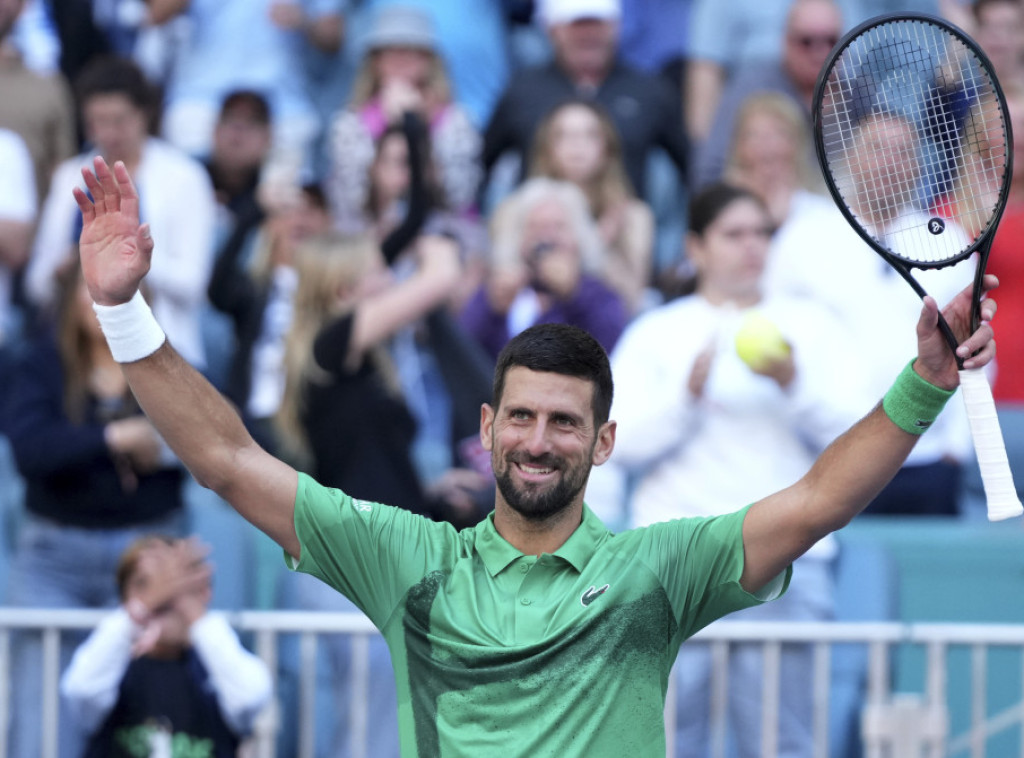The war-weary country is rebuilding power plants and looking to renewables as Russian energy attacks intensify.
Ukraine is bracing for its third winter amid the Russian invasion. As the temperature drops, fossil fuel-powered generation is vital to keeping the lights on, but the country hopes to move towards green power in future.
By 2030, Ukraine wants 27 per cent of its final energy consumption to come from renewables. These not only reduce emissions but boost energy security as decentralised production is harder to destroy and the technology can be repaired more quickly.
“One missile can destroy a 250 megawatt thermal station. You'd need around the equivalent of 40 missiles to do the same damage to a wind farm, and that's simply down to the fact that they are dispersed across a larger land area,” says Jeffrey Oatham, chief sustainability officer at Ukrainian energy company DTEK.
“That's where we see renewables as not just delivering benefits for climate change and decarbonisation but offering more resilient and secure energy systems,” he says, adding that the company is trying to accelerate the deployment of renewables because of the war.
The war’s impact on Ukraine’s energy system was on display at a recent photography exhibition, titled ‘Fight for Light’. It was held near the European Parliament in Brussels and organised by DTEK and the Mission of Ukraine to the EU.
The images showed thermal power plants destroyed by Russian forces, the workers fixing them, and the impact on Ukrainian life, including darkened streets and surgery without proper lighting.
“We in Ukraine are living through dark times, literally,” said Serhiy Morgunov, one of the photographers, at the event. “Along with everything else, we experience what it means to be deprived of a basic benefit of 21st-century civilisation: light.
“Imagine your life without light, without the possibility to charge your devices, to preserve your food, to access the educational process, to make your tax reports, to feel safe on a dark street.”
Ukraine wants a greener future with the EU
Renewables also have the benefit of providing local energy, reducing dependence on foreign imports and helping Ukraine build stronger links to the European Union. As part of its goal to join the EU, Ukraine needs to align itself with the bloc’s climate ambitions.
“[Renewables] are the future of Europe and [Ukraine] wants to join the European Union,” says Pascale Lamy, a member of DTEK's advisory council and former Director-General of the World Trade Organisation.
“Whatever type of relationship they will have in the future with Russia, assuming this war ends at some stage, they will have to be independent from Russian pressure and we know that one of the main levers of Russian power and pressure is fossil fuel,” he adds.
While it will take several years to rollout these renewables, the direction is clear, Lamy says.
Ukraine could even become a green power hub for Europe due to its big potential for renewable energy production.
According to researchers at ETH Zurich, the country could produce 180 gigawatts of wind energy and 39 gigawatts of solar. In comparison, Germany has targets for 130-140 GW of wind power and 200 GW of solar.
What are the challenges of rolling out renewables in Ukraine?
However, there are some big barriers to rolling out green power in Ukraine. The Russian invasion not only creates risk when it comes to installing generation capacity and challenges for delivering parts, but has diverted workers to fight in the war or repair power plants.
It has also increased the risk of damage, making attracting investment much harder.
"Attracting partners who are willing to work in those circumstances, securing financing from the private sector, in particular, is challenging given the risk. We often need to have the right financial guarantees in place, which is a very clear role that states can play,” says Oatham, emphasising the support of the United States and the EU.
Ukraine’s grid also needs to be strengthened. The attacks on the energy system and reliance on slow-to-respond nuclear and thermal power plants make it difficult to balance the amount of electricity on the grid. Renewables like wind and solar could worsen this as they are reliant on weather conditions.
Battery storage and grid enhancements could help resolve this reliability issue. DTEK is aiming to build 200 megawatts of storage and is working on strengthening grids. This includes a pilot project to digitalise the grid and reduce outage times in reclaimed towns synonymous with atrocities at the beginning of the war, like Bucha.
How can Ukraine get through the winter?
In the short-term, however, fossil fuels remain a lifeline for Ukraine. Following targeted attacks that took out approximately 9.2 GW of generation capacity earlier this year, the country has worked hard to get it back online.
“We've got to think about this winter and keeping the lights on in Ukraine, which is why we're repairing our power plants as quickly as possible. At the same time, we must plan what happens next winter and the winters after that. In other words, delivering long-term resilience while also fixing the roof for today,” says Ben Harding, a spokesperson for DTEK.
Working on these plants is far from safe. Oleg, a second-generation energy worker who spoke on the condition of only using his first name, described the danger of his job and the duty to keep the lights on that runs in his blood.
“It is risky for our lives. When we go to work, we are not sure if we will get back home,” he explains.
He sees renewables as a significant part of Ukraine’s energy mix in the coming years. “I believe that renewable energy is our future. However, we still depend on the thermal power plants because we need them right now just to ensure we get through the winter,” he says.
There are now fears that the energy system could be targeted anew. Whether energy generation is renewable or fossil-powered, there is a constant risk so long as the war continues.
“We are missing the rockets, the air defence, to hit the Russian rockets. It's also the issue of protecting our sky and having a sufficient number of air defences to protect the stations,” says Larysa Bilozir, a member of the Ukraine Parliament.
“The threats are big and even decentralising and having the alternative energy is also under threat, because Russia doubles, triples its ability to hit each night and terrorise Ukraine,” she adds.
Energy remains critically important - not just to get Ukraine through the winter but also to ensure quality of life in the country. The photography series captures the idea that life must go on, and the daily struggle of powering that.

 4 months ago
44
4 months ago
44






 We deliver critical software at unparalleled value and speed to help your business thrive
We deliver critical software at unparalleled value and speed to help your business thrive






 English (US) ·
English (US) ·